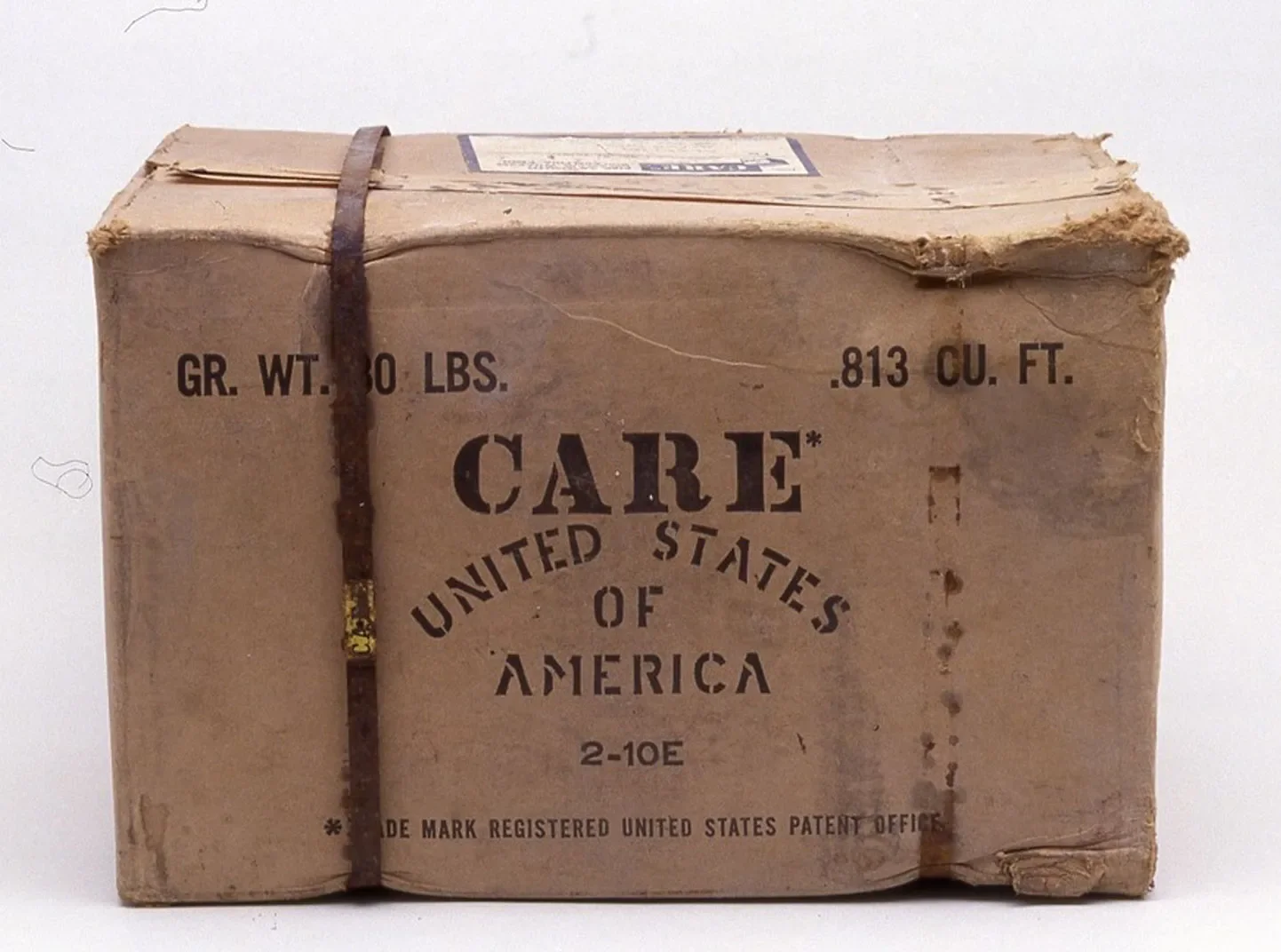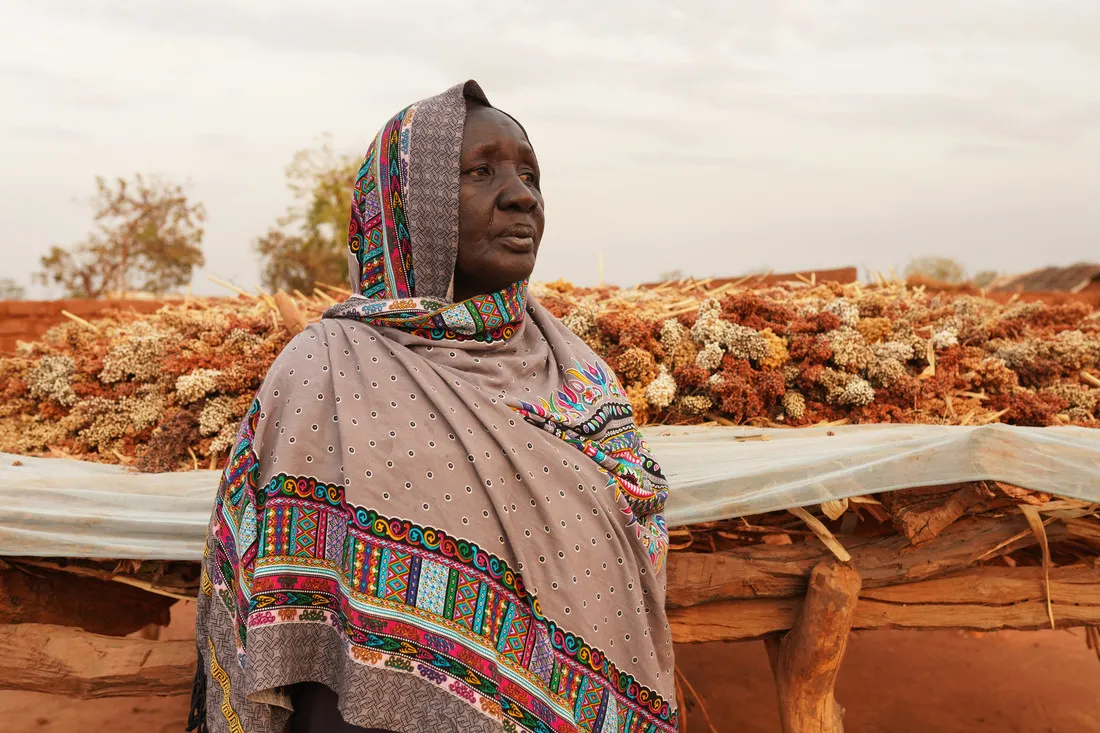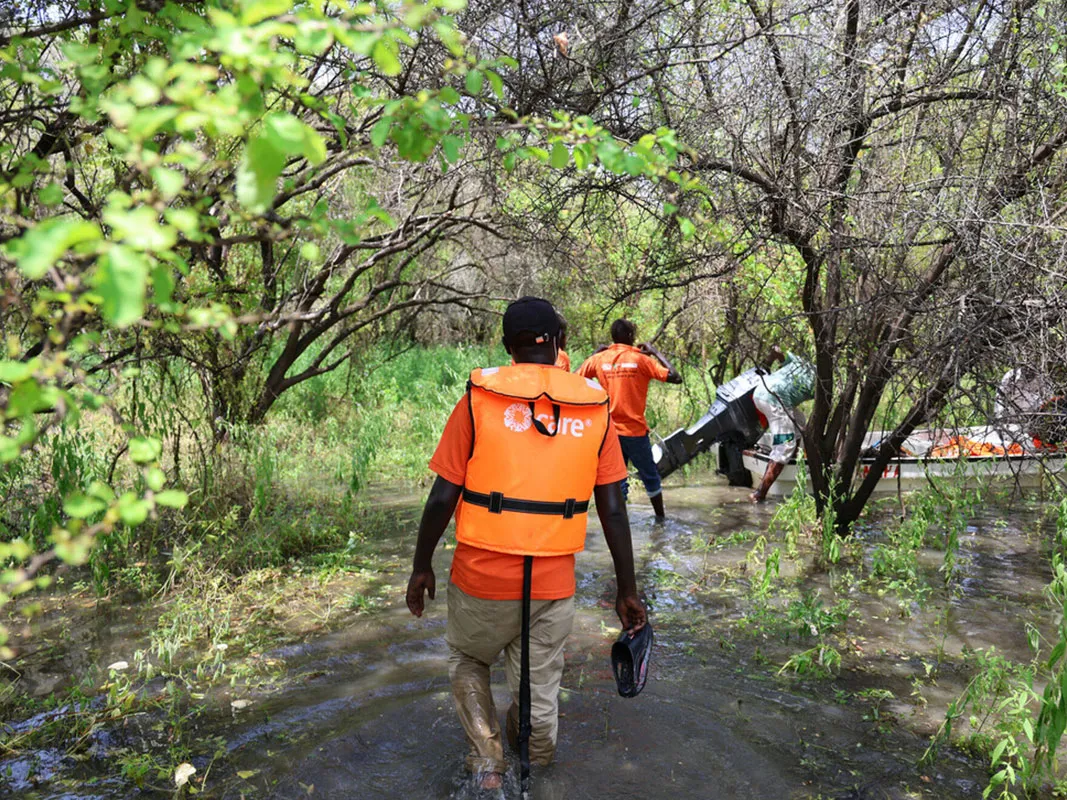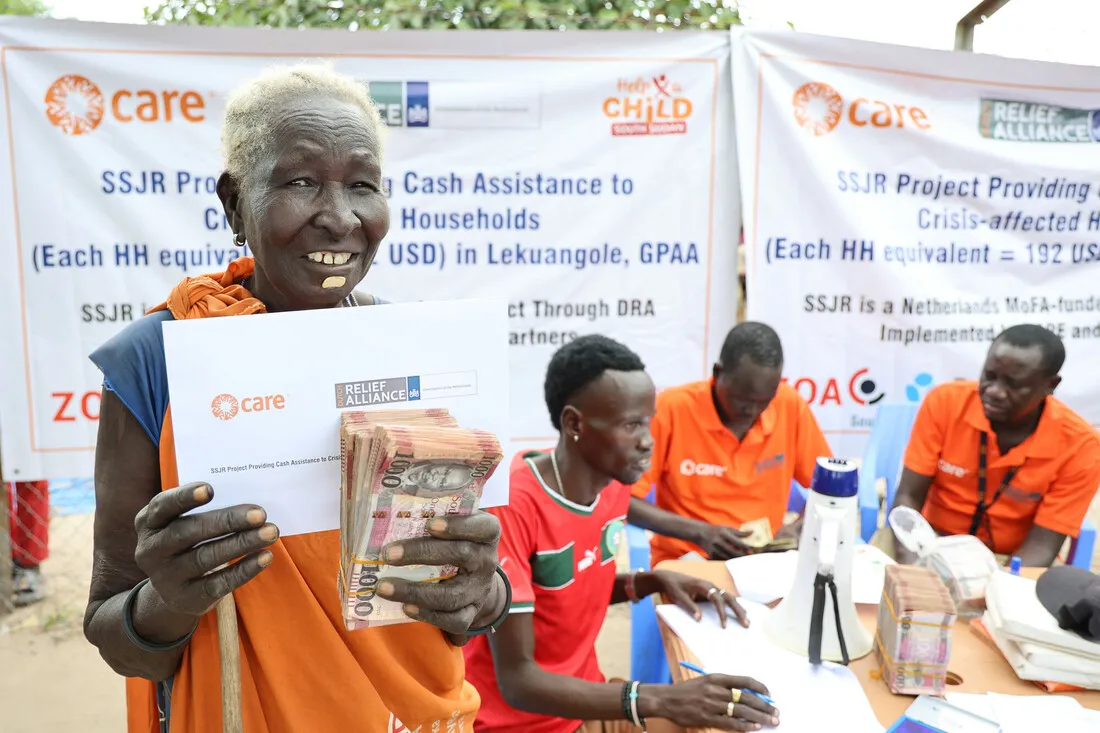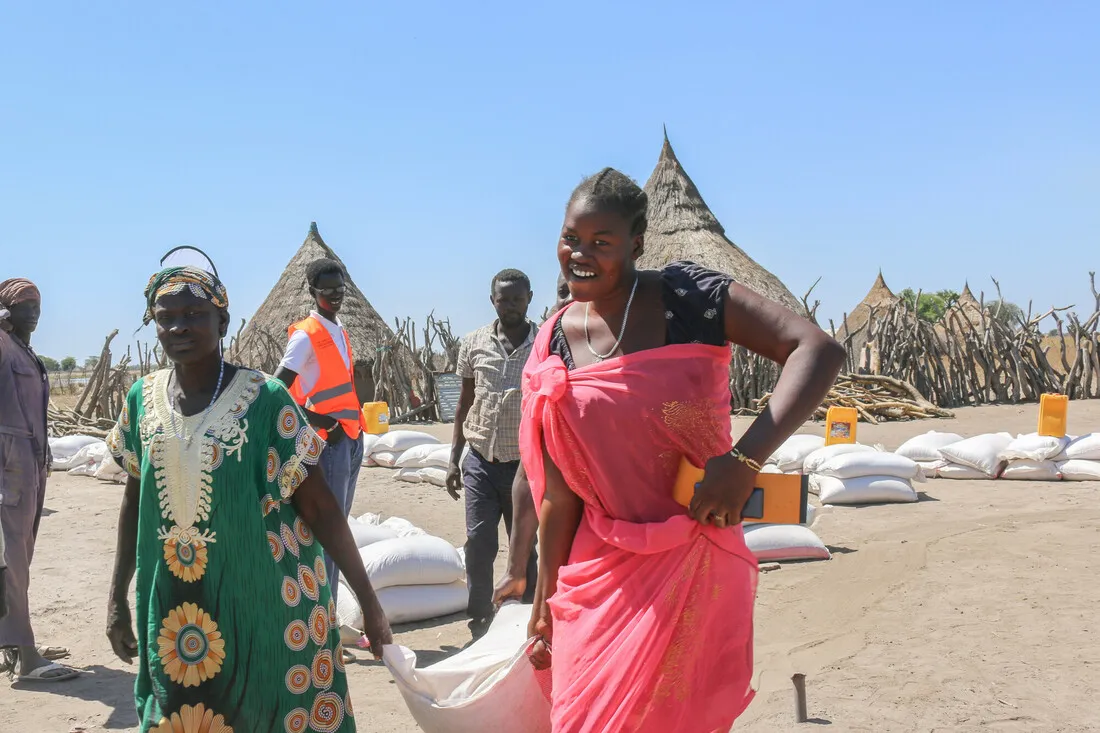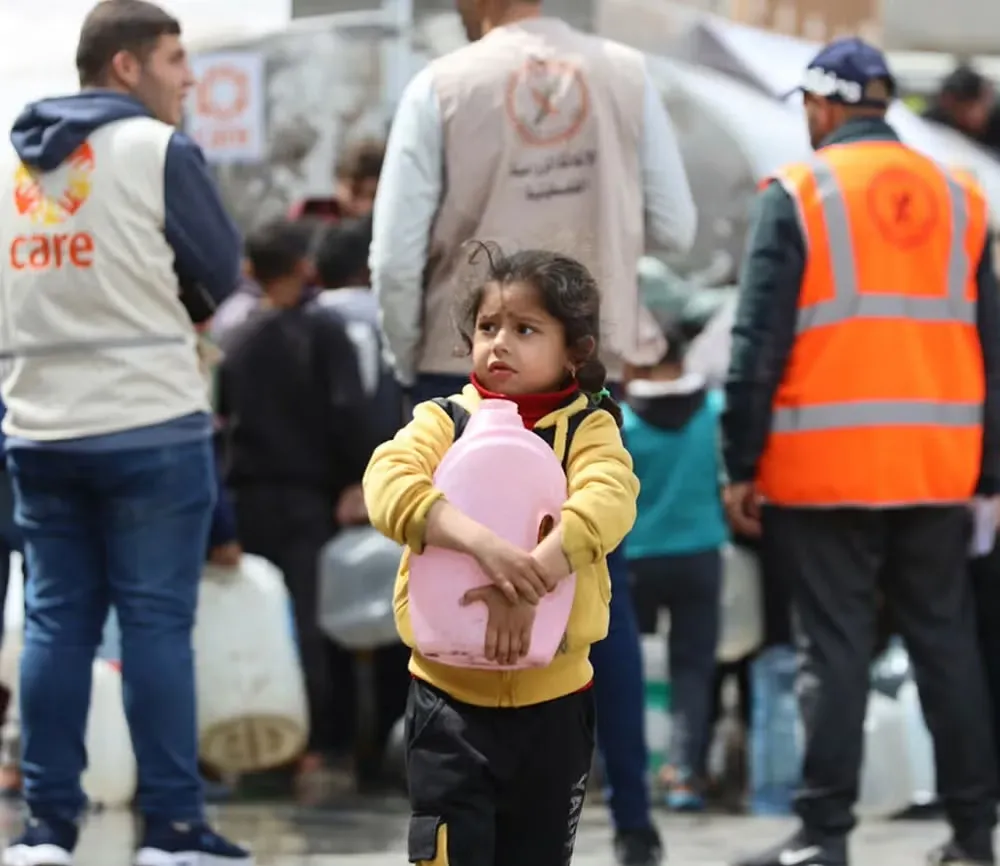About the crisis in South Sudan
Millions of people in South Sudan need humanitarian aid
The country has faced its worst crisis since gaining independence in 2011. About 9 million people are affected, which is 72% of the population.
Food insecurity remains a major issue in the country. About 7.1 million people face serious food shortages, especially during the time when food is hardest to find. The situation is especially dire for children, with 1.6 million at risk of acute malnutrition. This number has increased by 31% since 2021, and by June 2025, it is expected that 2.1 million children under five will be affected.
Conflict and intense flooding have forced millions from their homes
Displacement is another critical issue. About 2.3 million South Sudanese are refugees abroad. The Refugee Response Plan for 2023 and 2024 is less than one-third funded. This funding gap disrupts protection, access to services, and resettlement. The ongoing crisis worsens these challenges. It strains resources and increase humanitarian needs, especially for those who had previously fled to Sudan.
Since the conflict began in April 2023, nearly 873,000 refugees and returnees have fled Sudan for South Sudan. Among them, 51% are women and girls. Almost half are children under 18. The breakdown shows that about three-fourths of the new arrivals are returnees and one-fourth are Sudanese refugees. A small number came from Eritrea, Ethiopia, and Kenya.
Climate impacts have intensified the situation in South Sudan. Four consecutive years of flooding have devastated agricultural production. The long rains in 2024 affected 43 out of 79 counties, impacting 51% of the population. This has triggered a wave of displacement and outbreaks of waterborne diseases. Flooding drives new displacement, with 25% of the population living in high-risk areas. In 2024 alone, severe flooding impacted 755,000 people.
Every year, less water recedes. This leaves more land unusable. As a result, displacement rises, and the spread of infectious diseases increases. People also face greater protection risks and worsening food insecurity. Flooding displaces many, which fuels violence between communities over limited resources. This leads to looting and more attacks on aid workers.
